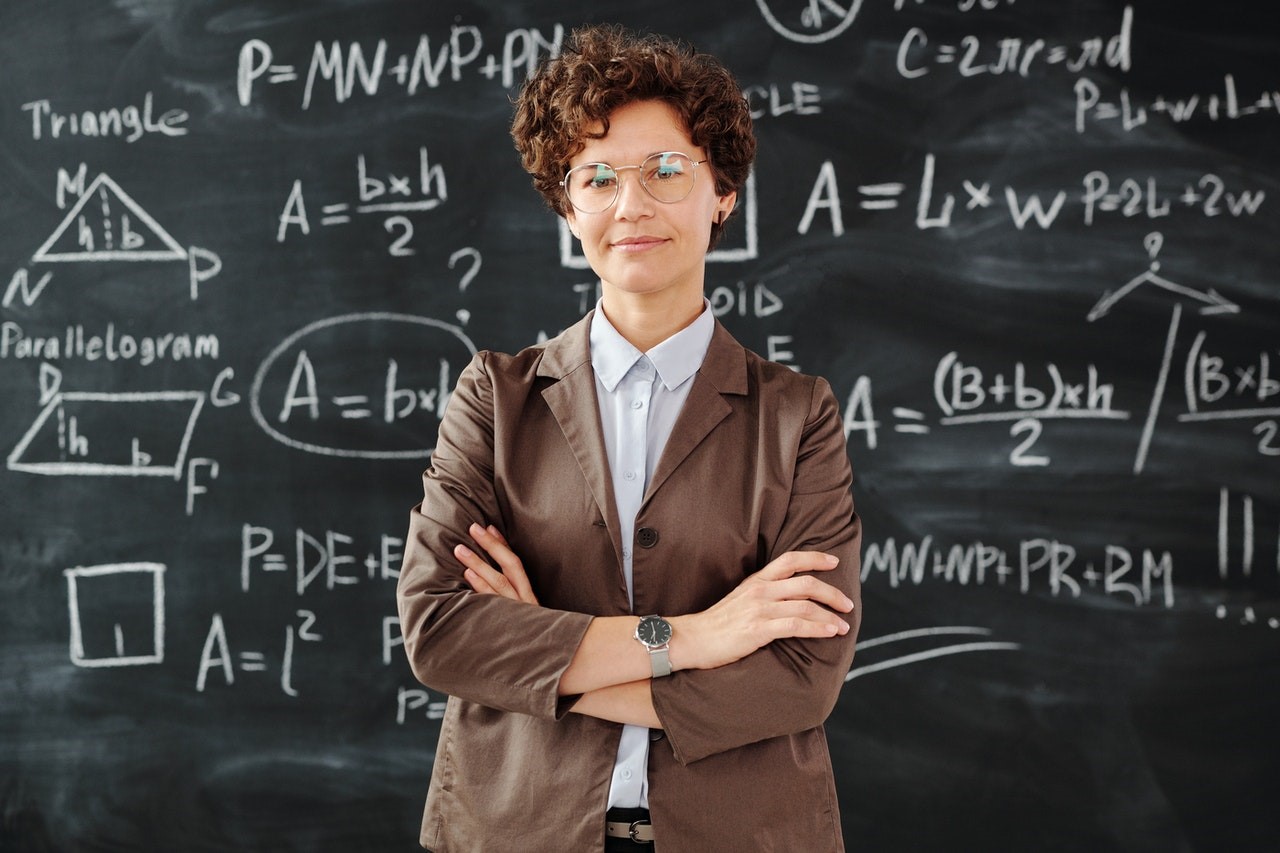Which is Your Ideal Mathematics Degree Option: Applied Math or Pure Math?

If numbers are something you are good at, then pursuing a degree in mathematics can get you to a number of careers. As you go through the mathematical degrees, you will be able to decide which degree path suits best for you. Pursuing degrees in both applied math and pure math will require you to work on coursework in mathematics. This often raises demands for coursework writing help solutions among students. Although both of them might include coursework in probability and linear algebra, they will not be the same classes. The applied mathematics program includes coursework in applied probability and applied algebra. On the other hand, pure mathematics will include real variables and abstract algebra.
Difference Between Pure Mathematics and Applied Mathematics
After completing graduation, mathematics will help students to explore future career options. Pure mathematic emphasise the use of mathematical principles for practical purpose. The term “pure maths” is used for research inquiry, describe study and work in the field of abstract or theoretical mathematics. It is the field of study for people who want to pioneer new advancements in geometry, calculus, algebra, and other branches of mathematic science. A pure mathematician may develop a new theory of mathematics and then undertake mathematical pertains for proving the theory.
Applied and pure math graduate programs give students the flexibility in the curriculum for exploring one or more areas of professional mathematical interest. Students which choose traditional math problems, they have to deal with complex variables, intermediate mathematical analysis, graph theory, topology, projective geometry, and nonlinear dynamics. Students completing course in pure mathematics complete graduate thesis based on research for demonstrating mathematical knowledge and prepare for doctoral studies.
On the other hand, students who have an interest in applied mathematics take courses in other disciplines so that it helps them to apply their math knowledge and skills. It is not uncommon for applied math students to take science-based courses like physical chemistry, mathematical biology, and chemical thermodynamics. Some of the popular courses among applied mathematics students are robotics, machine learning, and image processing.
Students of applied mathematics, on the other hand, are more likely to take courses in other disciplines in which they could apply their math skills and knowledge. It’s not unusual for an applied math student to take science-based courses like mathematical biology, physical chemistry, and chemical thermodynamics. Computer science is closely related to applied mathematics, and studies in machine learning, robotics, and image processing are popular among applied mathematics students interested in this field. Students interested in business applications of math might study the mathematics of investment and risk management and stochastic calculus for finance.
Students choosing pure mathematics will mostly complete their graduate thesis based on research. Students who share an interest in applied math are more likely to work on several hands-on capstone projects or take on a professional internship in a private industry role while graduating.
Courses Requirement
Students dealing with Applied and Pure math concentration should take the following courses:
- Math 450 – Real Analysis
- Math 38 – Complex analytics with applications
- Math 360 – Abstract algebra I
- Math 361 – Abstract algebra II
- Two other math courses numbered 300 or higher
What are the Outcomes for Completion of the Degrees?
After completing degrees in Pure and Applied mathematics, students will be able to do experience the following learning outcomes:
- Mastering your skill of using logical deduction to be able to see whether an argument is true or false.
- Learning to write ell-organised, clear and logical mathematical arguments.
- Demonstrate your extensive experience and analytical skills with tactics of logical thinking and problem solving
- You will be able to demonstrate your understanding of rigorous mathematical proof.
- Use basic computer technology, algorithmic processes and software necessary in mathematical modelling and quantitative analysis
- 6. Improve your ability to perform suitable quantitative analysis and ask pertinent questions
- You must demonstrate your deep understanding of at least one or more area of specialisation.
- You must identify, formulate, abstract and solve mathematical problems that uses tools from mathematical areas like analysis probability, algebra and differential equations
Which is the Right Math Degree for You?
You must consider our future career goals and interests before deciding the mathematics degree you intend to pursue. Make sure to ask yourself why want a degree in math. The answer to the question can help you learn which math degree choice is a better option for you. Do not feel hesitated if you feel like switching between the math course Switching from pure math to applied math is rather ease since they overlap to each other. Thus, it is quite flexible to students. However, if you are interested to enter to data science, actuarial science or data analytics, applied mathematics is the better option for you.
Conclusion:
Both pure math and applied math comes with a lot of career opportunities. What career path you choose for your career depends on your area of interest and expertise. Compared to applied mathematics, pure mathematics happens to be much more difficult. No matter what area of specialisation you choose, you will be able to experience various learning outcomes.
Author Bio: Jacob Ryan is one of the best math professors in one of the most prestigious universities in the US. He is also a part of MyAssignmenthelp.com where he offers quality maths coursework help solutions to students.





